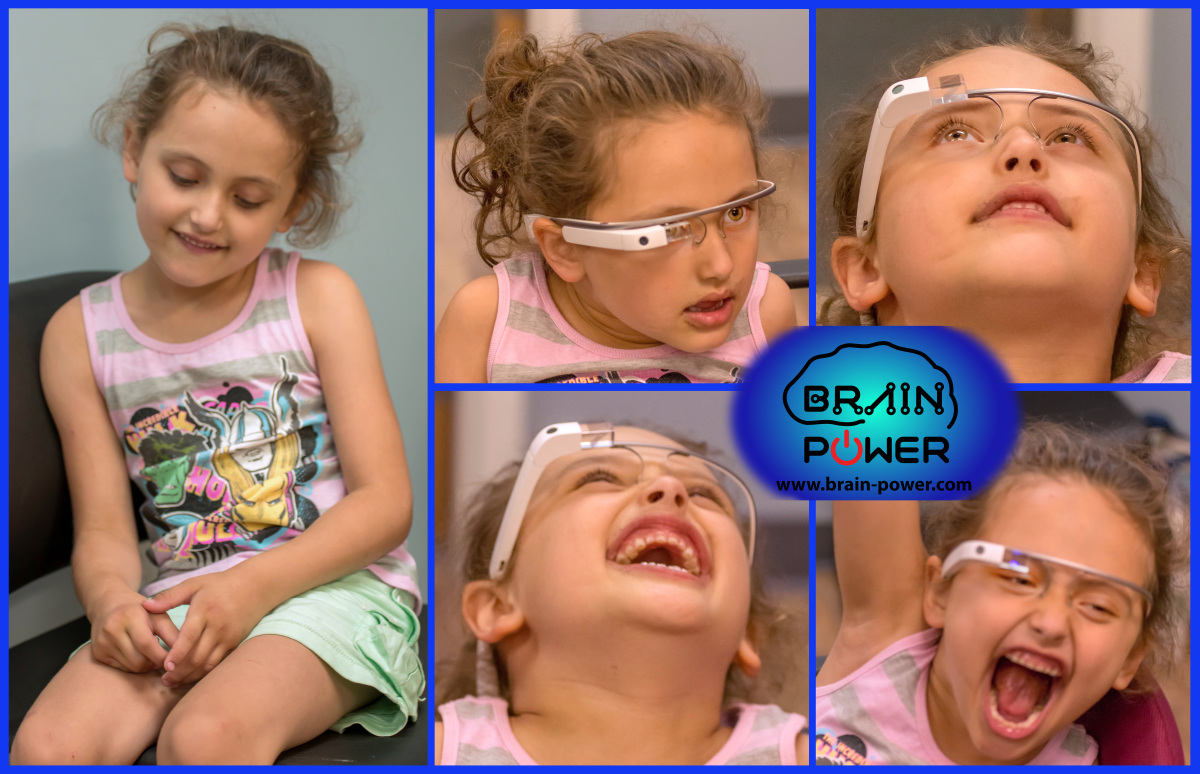The AR technology field is evolving at a rapid pace. Here at ARinMed, we’re talking about all the exciting, diverse, and, at times, downright odd new technologies that are being developed by AR companies for both medicine and everyday use. Here are some of the coolest applications we’ve found that are being developed right now.
Brain Power
The startup Brain Power is working to develop apps for wearable AR technologies (like Google glass). They have almost a dozen apps in the works that are designed to help people with Autism Spectrum Disorder (ASD). A common problem ASD patients face is deficits in social communication and social interaction. They can also struggle with repetitive patterns of behavior and restricted interests or activities. AR is a great way to broaden the horizons of people who would love to broaden their horizons, but struggle to communicate those needs. With the help of simple games and a positive reward system that you can watch here, Brain Power is finding impressive results with ASD patients in an engaging and fun way. If you or someone you know has an ASD and might be interested in this technology, clinical trials are enrolling NOW!

Vizua3d and Terarecon 3D
Back in November 2016, Vizua, a modern cloud technology provider in association with Terarecon, a leader in advanced visualization technology, announced their partnership to develop a system that will allow large-volume rendered images to be accessible anywhere. Right now, they are working on the 3D AR rendering of real CT and MRI images on the Microsoft Hololens with OUTSTANDING results. This impressive demo runs real-time thanks to Azure GPU, and with real tomography on standard DICOM format. We’re looking forward to see more of that!
HelpLightning
HelpLightning (previously Vipaar) is reimagining the well-known visual chat app format. What makes it so different? It offers three different modes: give help, receive help and the more typical face-to-face. It works by superimposing the hands of the person giving help into the visual field of the person receiving help. It allows the helper to instruct the recipient on a procedure in a, pun intended, hands-on demonstration. In 2014, a team of surgeons from the University of Alabama at Birmingham, working from a previous construct of the app, managed to perform a virtual surgery using Google Glass. Right now, you can download this incredible app for your smartphone or tablet. However, we believe in its potential for medical applications in the near future.
UAB does virtual surgery with VIPAAR and Google Glass from uabnews on Vimeo.
There you have it! Augmented reality advances are on their way to offering healthcare solutions that have, before now, seemed to be something we could only hope for, or see in an episode of Star Trek. Improving quality of life for patients is the ultimate goal of both medicine and technology, and AR is melding those two worlds to accomplish that goal.
Let us know which projects you’d like to hear more about in the comments section!









[…] a long-time reader of ARinMED, you probably remember Brain Power, an app we talked about some time ago. If you don’t remember, then we’ll give you a little refresher: they’re a startup based in […]